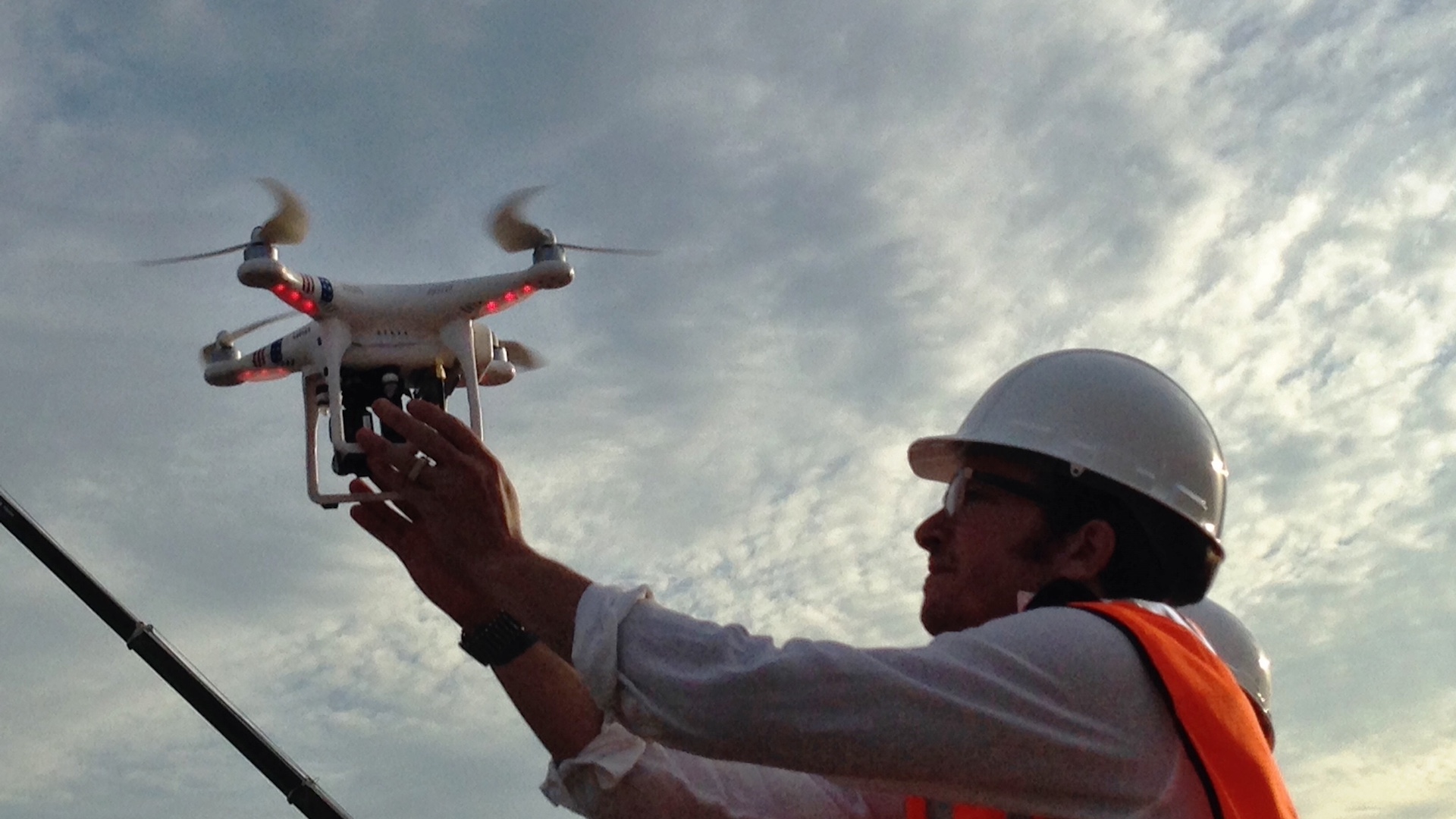

The Federal Aviation Administration has projected the commercial drone industry to grow fourfold by 2022, with the most recent development of facilitating commercial drone flight authorizations supporting that estimate. According to Fast Company, the FAA is releasing a cloud-based service Thursday which will allow apps like Kittyhawk to forego the often month-long process of getting a commercial drone flight authorized, and will reduce it to a matter of mere seconds.
LAANC, which stands for Low Altitude Authorization and Notification Capability, will replace the sluggish bureaucratic process hampering the commercial drone industry with a more intuitive, cloud-based, on-demand service that will allow companies to get their drone missions off the ground more efficiently. This would have vast ramifications for companies eager to reduce costs and increase efficiency by implementing drones to monitor construction, survey land, collect aerial footage and imagery, and all kinds of use cases.
While some territories like Texas, New Mexico, Arizona, and Louisiana have already been able to take advantage of these loosened state-restricted regulations since April 30, the FAA’s expanded LAANC implementation will liberate companies nationwide by Sept. 13.
“Over 2,000 square miles of airspace that was previously unavailable to commercial operators is now going to be available,” said Kittyhawk co-founder Joshua Ziering. “Some of our larger enterprise customers are estimating they will be able to fly twice as many flights.”
For Dan Burton, co-founder and CEO of DroneBase, a corporate drone mission service with unmanned aerial vehicles and pilots on standby across the country, this is a huge barrier being torn down, with ramifications for not only companies like his, but for clients who could maximize their businesses by implementing reliable drone operations, as well.
“The FAA’s LAANC program has enabled the entire drone industry and others, like insurance, to have more access to aerial images and data within a matter of seconds, compared to the 90-day wait time before,” said Burton. “We’ve already seen LAANC benefit our customers since we’re able to say ‘yes’ 99 percent of the time in Texas and other regions where the program is already available. Before LAANC, we had to say ‘no’ to 30 percent of U.S. addresses due to restricted airspace. When it rolls out to the entire country, no other option will be needed and companies across industries will be able to leverage drone technology to help their clients faster, more reliably, and more affordably.”
Practically, it seems like this will be a fairly user-friendly process. Users simply use a compatible app and are presented with a map to select routes they’d like to operate drones in, with a simple confirmation or rejection following immediately after.
Of course, federal regulation is only one piece of the puzzle, here, as the unmanned traffic management (UTM) systems required to coordinate the increased aerial traffic are equally, if not more important to guarantee safe and reliable UAV operations. Fortunately, entities as established and respected as Boeing, NASA and Uber have been hard at work in this regard.
“If you can imagine a future where you’ll be taking an air taxi from one part of the city to another, and alongside that air taxi there would be a drone delivering groceries, UTM is what enables it,” said Ziering. In those terms, we’re lucky to live in a world where Boeing expects passenger drones to be commonplace in the next 10 years, and that the Trump administration’s UAS Integration Pilot Program has been making some solid strides in ramping up the country’s nationwide implementation of drones.